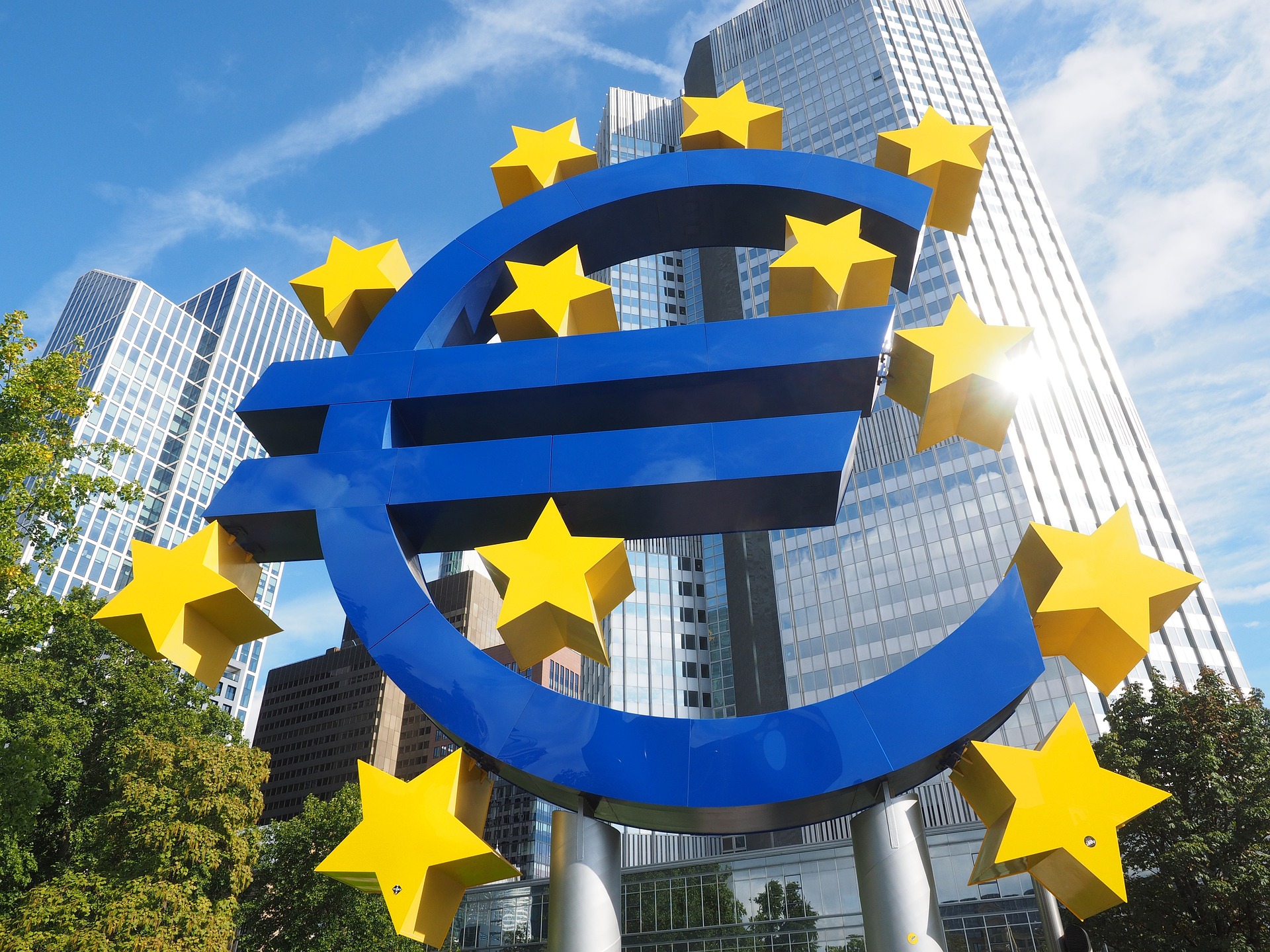The euro, the official currency of the Eurozone, is hovering near parity against the dollar, falling to a 20-year low and even hitting 1-to-1 parity with the dollar this week.
The decline in the euro can be attributed to the recent energy crisis in Europe, which has led to higher energy prices and supply chain disruptions. The crisis has been caused by a number of factors, including Russia-Ukraine conflict, surge in natural gas prices, reduced wind power output, and low levels of gas in storage. The situation has been exacerbated by the COVID-19 pandemic, which has disrupted global supply chains and led to a shortage of workers in some industries.
In addition to the energy crisis, inflation has also been on the rise in the Eurozone. The latest data from Eurostat shows that inflation in the Eurozone rose to 3.0% in September, up from 2.2% in August. This is well above the European Central Bank’s target of 2.0%, and has led to concerns about the impact on the economy and consumers.
The decline in the euro has a number of implications for the global economy. It could make European exports more competitive, as they become cheaper for foreign buyers. However, it could also lead to higher import costs for European businesses, which could increase the price of goods and services for consumers.
The fall in the euro is also likely to have an impact on the financial markets. The euro is the second most traded currency in the world after the US dollar, and a drop in its value could lead to increased volatility in the currency markets. This could have knock-on effects on other asset classes, such as stocks and bonds.
Despite the challenges faced by the Eurozone, there are some signs of optimism. The European Central Bank has indicated that it will take action to support the economy, including maintaining low interest rates and continuing its asset purchase program. The bank has also said that it is monitoring the situation closely and will take additional measures if necessary.
In conclusion, the fall in the euro to a 20-year low against the US dollar is a reflection of the challenges faced by the Eurozone, including the energy crisis and rising inflation. While there are concerns about the impact on the economy and consumers, there are also signs of optimism as the European Central Bank takes action to support the economy. The situation is likely to continue to evolve in the coming months, and it will be important to monitor developments closely.
